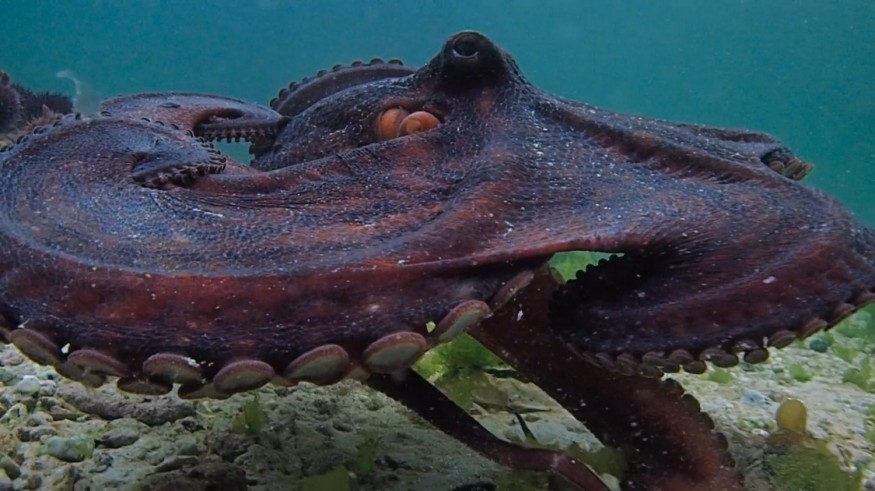
To understand how these unusual animals came to be, scientists from different institutions and universities analyzed the genome of coleoid cephalopods, such as squid, octopus, and cuttlefish. Their findings reveal how weird these animals are and how they broke away from the previously known evolutionary pattern.
Through genomics, scientists explored how these animals acquired their characteristics. They reported the details of their research in two new studies that were both published in the journal Nature Communications.
Genome Studies Reveal How Squid and Octopus Broke Away From Previously Known Evolutionary Pattern
Cephalopod Evolution Mediated By Three Factors
Cephalopods are fascinating animals because of their ability to camouflage and complex behaviors. They defy the common understanding of animals.
The biology of cephalopods was a great challenge for researchers in the past decade due to the large size of cephalopod genomes that are similar to humans and often larger than their cousin mollusks.
According to a news release, scientists from the University of Vienna led two multi-national studies to understand what lies behind the morphological complexity of these animals. Those two studies sequenced the genomes of three cephalopods — the Atlantic longfin inshore squid (Doryteuthis pealeii), Hawaiian bobtail squid (Euprymna scolopes), and California two-spot octopus (Octopus bimaculoides).
In the first study, titled "Genome and Transcriptome Mechanisms Driving Cephalopod Evolution," researchers sought to investigate the composition of cephalopod chromosomes and found that squid and octopus chromosomes are very different than other animals. They broke away from an evolutionary pattern and formed new combinations that led to their current chromosomes that looked like a mosaic of highly preserved building blocks.
Scientists found that the evolution of these novel traits in soft-bodied cephalopods was mediated by three factors, according to Phys.org. These factors include the massive reorganization of their genome early on in evolution, expansion of gene families, and large-scale editing of mRNA, most especially in nervous system tissues.
Rearrangement of Genes May Be the Source of Cephalopod Intelligence
The second study, titled "Emergence of Novel Cephalopod Gene Regulation and Expression Through Large-Scale Genome Reorganization," explores the possible source of the sophisticated intelligence of soft-bodied cephalopods. These animals are renowned for their cognitive abilities that scientists claim could match dogs and surpass other invertebrates by a long shot.
Researchers believe that the rearrangement of genes in the genomes of these animals may be the source of their sophisticated intelligence, Research Institute of Molecular Pathology (IMP) reported.
Study co-first author Akane Kawaguchi said that they found many genes scattered in the scallop genome had come together in specific areas of squid chromosomes. These new gene clusters form regulatory unites that enable interaction with each other and alter the physiology of the animal. The team identified hundreds of novel gene clusters absent in other animals.
Kawaguchi noted that one of the gene clusters they found contained five major genes involved in the growth of the nervous system. He wondered whether inactivating those genes in squid embryos will also affect their development to the point that they will resemble those found in a scallop
"Cephalopod genomes have undergone large-scale restructuration in the course of evolution - to an extent that is rare among animals," says Elly Tanaka, senior scientist at the IMP.
Watch the summary of the studies presented in this video below posted on YouTube by Marine Biological Laboratory:
RELATED ARTICLE: Did Octopus Come From Outer Space? New Study Claims Meteor Impacts Brought These Eight-Armed Creatures to Earth
Check out more news and information on Evolution in Science Times.












